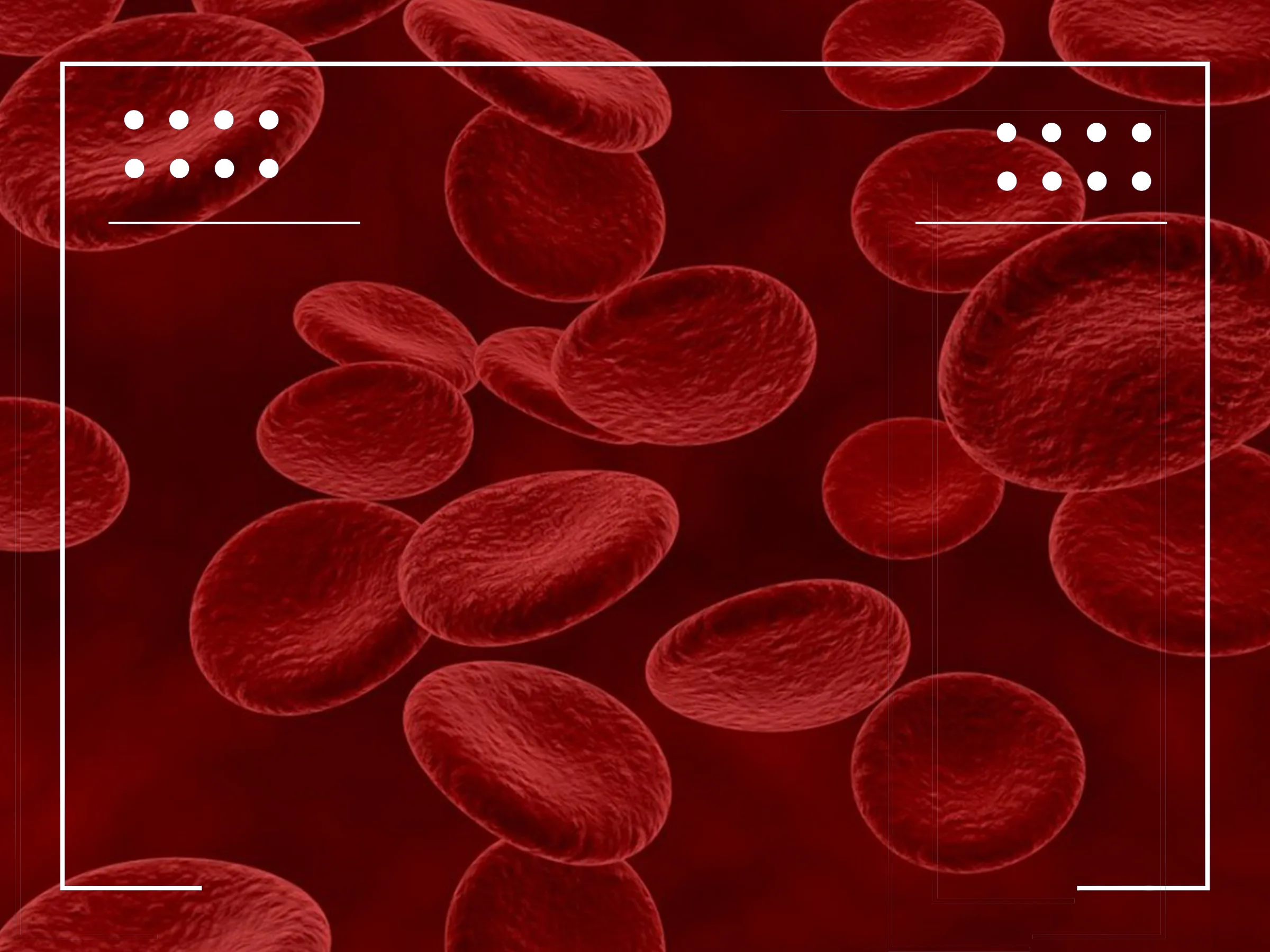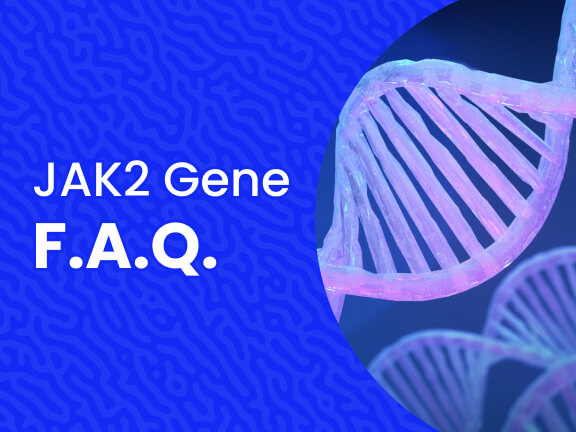Childhood Acute Lymphoblastic Leukemia
Acute Lymphoblastic Leukemia (ALL) is a type of leukemia, which is a general term for cancers of the blood cells. Leukemia primarily occurs in early forms of white blood cells, which help your body fight infection and other diseases. ALL most often affects immature white blood cells called lymphocytes, notably B-cells and T-cells. Doctors diagnose ALL according to which lymphocyte type is affected. Most cases of ALL in children affect B-cells. Early diagnosis of ALL is critical, because if this condition is left untreated, it can spread and be aggressive.
ALL is the most common childhood cancer. It’s also known as acute lymphoid leukemia and acute lymphocytic leukemia. In addition to performing a physical exam and taking a full medical history, doctors diagnose ALL by using one or more of the following tests:
- Complete blood count (CBC)
- Blood chemistry
- Bone marrow aspiration and biopsy
- Imaging tests such as CT scan, X-ray, MRI, or ultrasound
- Spinal tap (lumbar puncture)

What Are the Symptoms of ALL in Children?
In childhood ALL, symptoms can vary depending on the patient’s age at diagnosis, stage of the cancer, previous treatments he or she has received, and other factors.
Symptoms of ALL in children include:
- Persistent fatigue
- Swollen lymph nodes located in the neck, armpit, groin, or stomach
- Loss of appetite
- Fever
- Easy bruising or bleeding
- Bone and joint pain
- Shortness of breath
- Pain or discomfort beneath the ribs
- Blood-colored, flat spots located under the skin (known as petechiae)
If your child develops any of these symptoms and they persist, contact a pediatrician. These symptoms can be caused by other conditions, but it’s important to find out what’s causing them.
Risk Groups for Childhood Acute Lymphoblastic Leukemia
Doctors group patients by risk to plan treatment. The risk group a patient is placed in is based on age at diagnosis, white blood cell count, the type of lymphocyte affected, and other factors. Risk groups for childhood ALL include:
- The low-risk group includes patients diagnosed with ALL between the ages of 1 and 10 with a white blood cell count of 50,000 µL or less.
- The high-risk group includes children who are older than 10 or have a white blood cell count of 50,000 µL or more when diagnosed with ALL.
- The very high-risk group consists of children younger than a year old who have certain gene mutations, children who have an insufficient response to first-line treatment, and children with signs of leukemia after four weeks of treatment.
Treatment of Childhood Acute Lymphoblastic Leukemia
There are three phases for treating ALL in pediatric cases:
- Remission induction: In the first phase, treatment is given to kill as many cancer cells as possible in the blood and bone marrow. This phase of treatment is complete once the leukemia is declared in remission.
- Consolidation/intensification: The second phase of treatments starts once the leukemia is in remission. This additional treatment attacks remaining leukemia cells that can lead to a relapse in the future.
- Maintenance therapy: The third phase of treatment attempts to kill all remaining leukemia cells to lower the risk of relapse. Medications may be administered in smaller doses compared to other phases of treatment. Maintenance therapy is also known as the continuation therapy phase. Failure to follow treatment during this phase increases the chance of leukemia cells growing and causing a relapse.
The following therapies are commonly used treatments for childhood ALL. Which treatments a doctor recommends will depend on several factors, including the stage of cancer, whether it has spread, and what symptoms are present.
Chemotherapy: The most common treatment for cancer, chemotherapy is either taken orally or injected into the bloodstream in order to kill cancer cells. Chemotherapy is a highly effective method for treating cancer, but it can also damage healthy cells, leading to side effects such as hair loss, fatigue, and nausea. Intrathecal chemotherapy (injected in fluid-filled space of the brain and spinal cord) is used in children who’s ALL has spread to the brain and spinal cord.
Radiation therapy: High-energy x-rays are used to kill cancer cells or prevent leukemia cells from growing. External radiation therapy uses a high-energy beam outside the body that is aimed at the patient’s tumor. Radiation can also reduce swelling in affected areas such as the lymph nodes, liver, or spleen. Additionally, it’s used to halt the growth of cancer cells prior to a stem cell transplant.
Stem cell transplant and chemotherapy: In some patients who complete chemotherapy, stem cell transplants are performed to repair blood-forming cells in the body. Immature cells are removed from the blood or bone marrow of a donor and stored. The patient undergoes chemotherapy (and often radiation), then receives an infusion of the healthy donor stem cells. Often called allogenic stem cell transplant.
Targeted therapy: This treatment approach uses drugs that are specially designed to identify and kill specific cancer cells. Because targeted therapy avoids harming healthy cells, it often causes fewer side effects than standard treatments such as chemotherapy and radiation therapy. There are several types of targeted therapies that differ according to what substances in cancer cells are targeted and how they are killed. They include:
- Tyrosine kinase inhibitor (TKIs) therapy
- Monoclonal antibodies
- Proteasome inhibitor
Treatment of Refractory or Relapsed Childhood Acute Lymphoblastic Leukemia
Refractory ALL refers to cancer that resists first-line treatment using standard therapies. Relapsed ALL refers to cancer that has returned after being in remission for a period, which occurs in 10 to 15 percent of childhood cases.
Treatment options for refractory and relapsed ALL include:
- New drugs for refractory and relapsed ALL in clinical trials
- Targeted therapies
- Immunotherapies such as chimeric antigen receptor (CAR) T-cell therapy, in which a patients T-cells are removed, reprogrammed to attack leukemia cells and infused back into the patient.
In relapsed childhood ALL that comes back in the bone marrow, standard treatment will include one of the following:
- Chemotherapy combined with or without bortezomib, a targeted therapy.
- Allogenic stem cell transplant, described above.
For childhood ALL that returns outside the bone marrow, standard treatments are given based on where the cancer has returned:
- Brain and spinal cord: Intrathecal and systemic chemotherapy with radiation therapy if the cancer is only in the brain and spinal cord
- Brain and/or spinal cord: Allogenic stem cell transplant
- Testicles: A combination of radiation therapy and chemotherapy
There are no standard treatments for patients with refractory ALL, but options include:
- Targeted therapies such as blinatumomab or inotuzumab
- CAR T-cell therapy
Childhood Acute Lymphoblastic Leukemia Clinical Trials

Clinical trials are research studies that evaluate new drugs and therapies to treat cancer that are not yet available to the public. If a new treatment is proven safe and effective in a clinical trial, the U.S. Food and Drug Administration or regulators in other countries will approve them for use in patients.
Talk with your doctor about whether clinical trials are an option for you. In some cases, patients who have already received treatment for their cancer may not be allowed to enroll, so participating in a clinical trial should be considered at the time of diagnosis.
Some new treatments in clinical trials for relapsed and refractory ALL include:
- Chemotherapy combined with a targeted therapy (blinatumomab)
- New types of chemotherapy drugs
- Immunotherapies such as CAR T-cell therapy
Side Effects of Acute Lymphoblastic Leukemia Treatment
Patients may experience side effects from treatment months or even years after therapy is completed (often called late effects). It is important to report any of side effects or late effects to a doctor. Late effects of treatment for childhood ALL can include:
- Heart, liver, bone, and fertility complications
- Mood swings, memory problems, and changes in feelings or thoughts
- Development of a new type of cancer in the brain, thyroid, or another type of leukemia
Talk with your child’s doctor about ways to prevent or lower the risk of side effects and late effects.
What Is the Survival Rate for Childhood ALL?
Thanks to the arrival of better treatments, the outlook for patients with childhood ALL has improved greatly over the last generation. In 1975, 57 percent of children with ALL survived for at least five years. Today, that figure has risen to over 90 percent.
Sources:












